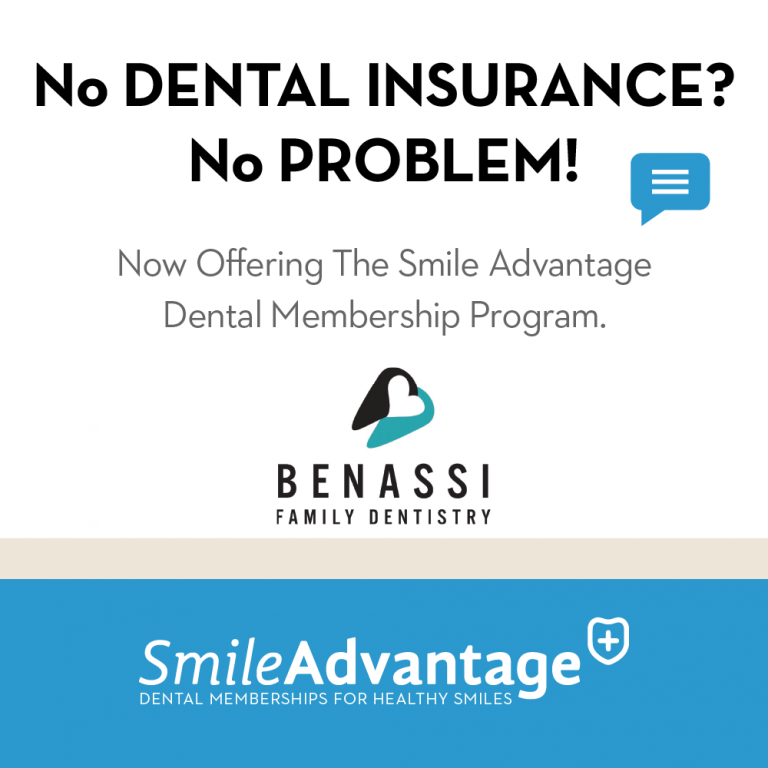 CAD/CAM dentistry or computer aided design or computer aided manufacturing, is a branch of dentistry which uses CAD/CAM programs to aid in designing and manufacturing of dental apparatus such as dental restorations, dentures, crowns, veneers, bridges, and other implements in dental health. CEREC® is the most popular system used today, made just for dentistry.
CAD/CAM dentistry or computer aided design or computer aided manufacturing, is a branch of dentistry which uses CAD/CAM programs to aid in designing and manufacturing of dental apparatus such as dental restorations, dentures, crowns, veneers, bridges, and other implements in dental health. CEREC® is the most popular system used today, made just for dentistry.
CAD/CAM dentistry began in 1980’s, CAD/CAM technology was still at premature, inefficient and cumbersome to use. Usage of CAD/CAM was generally limited to the dental laboratory setting rather than patient-side setting because of the limitations of the technology. However, as technology improved over time, CAD/CAM is becoming the staple in modern dentistry.
Patient-side CAD/CAM differs from the traditional restorative process because it is bonded on the same day. Typically in the traditional setting, the teeth are prepared and an impression is casted, then a temporary restoration is placed while the permanent restoration is being fabricated; after several weeks, the temporary restoration is removed and replaced with the permanent. In CAD/CAM, the mouth or the impression of the mouth is scanned and a digital impression is produced, the software then assist in the designing process of the restoration process to be used. The machine can help in calculating the proper angle and design thus eliminating errors and increasing the chances of a successful restoration. The software creates replacement part for the missing or damaged area, creating a virtual restoration; this is known as reverse engineering.
After a successful design has been implemented, the design is then sent for fabrication on site with the assistance of CAD/CAM programs. Milling machines connected to the system fabricates the design from solid blocks of ceramics or composite resins while closely matching the basic colour of the restored tooth. In cases of metal restoration materials are used, the mill can also switch to metal fabrication for dental concerns.
CEREC® is the new system designed just for Dental Restoration.
Image Courtesy Pinterest


Get Social